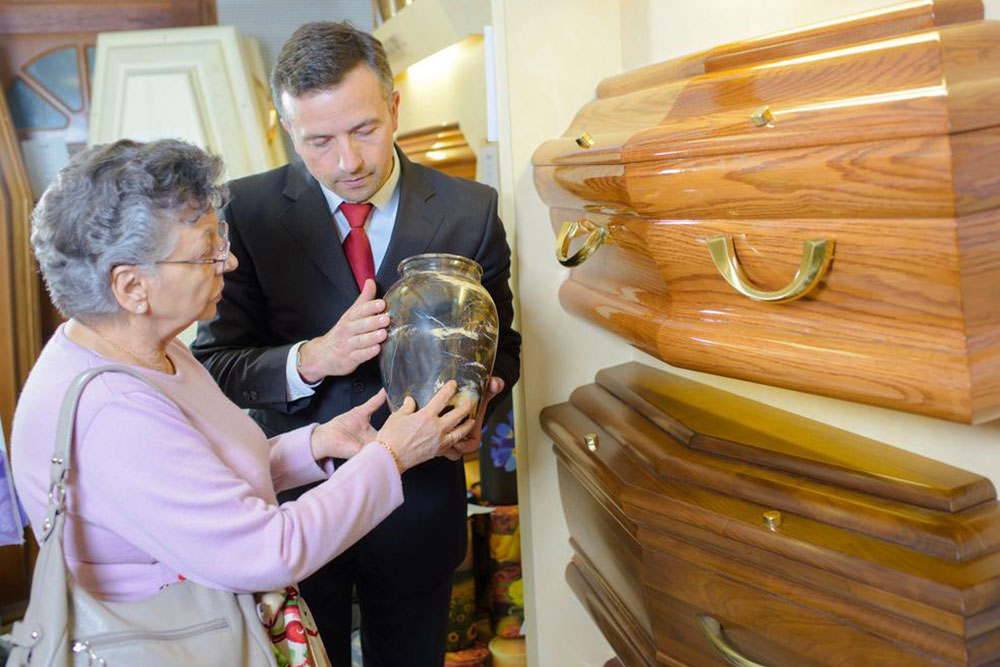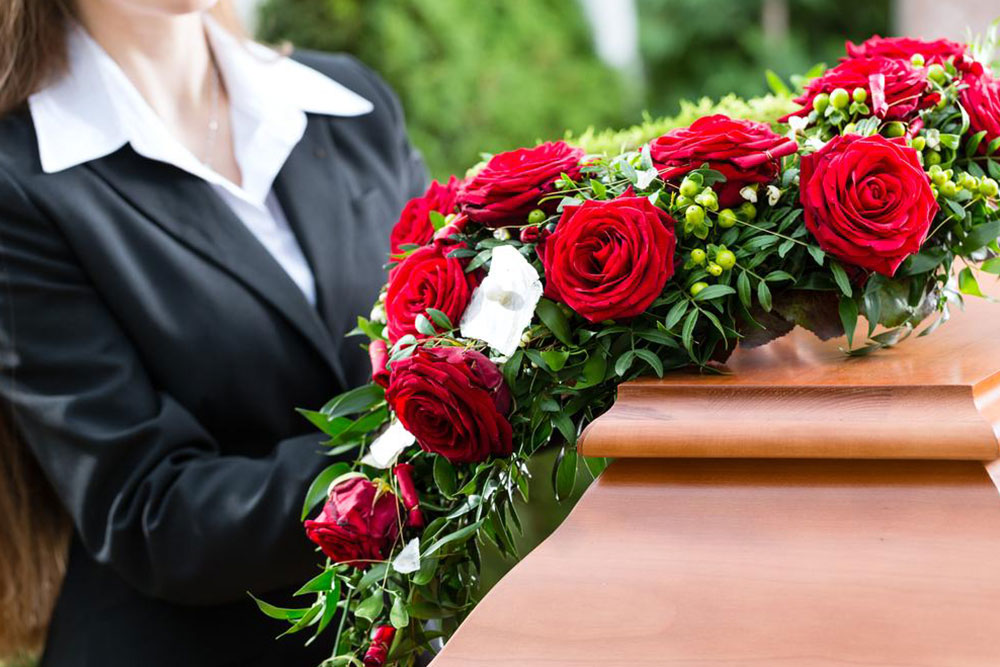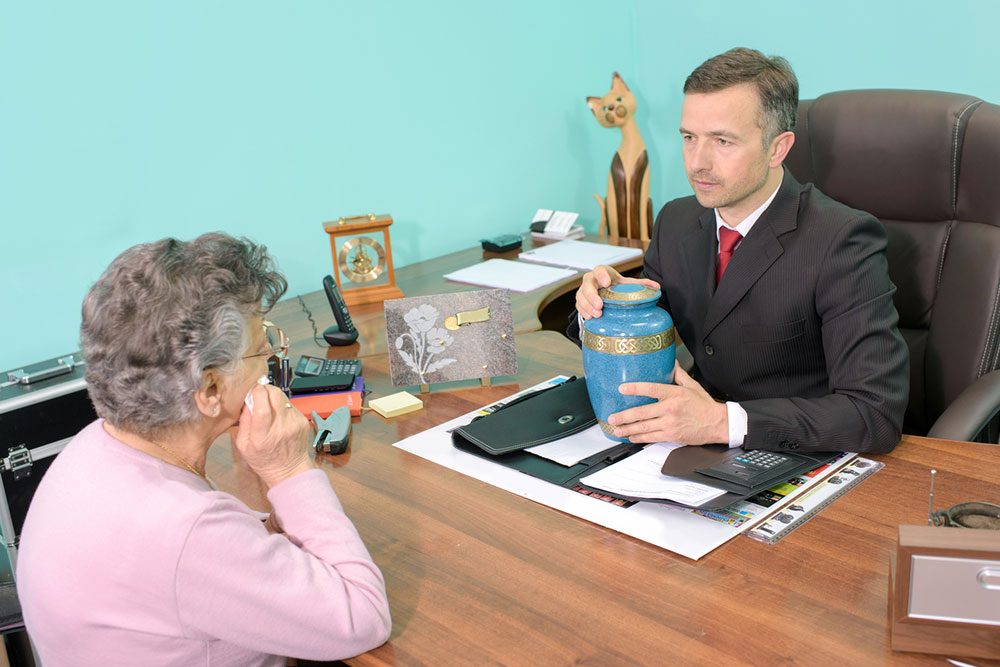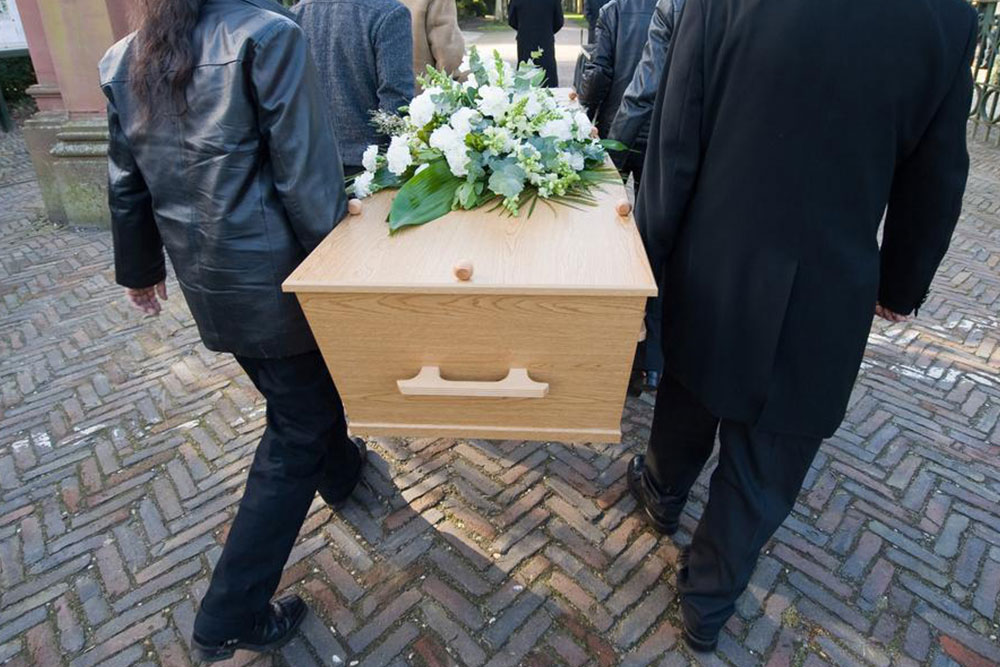Comprehensive Guide to Cremation: Benefits, Processes, and Modern Trends
This comprehensive article explores the increasing popularity of cremation as a modern, cost-effective alternative to traditional burial practices. It details the cremation process, highlights its numerous benefits including affordability and flexibility, and discusses current trends that are shaping innovative and personalized funeral services. Designed to inform and guide readers, the article emphasizes cremation’s adaptability to contemporary lifestyles and its role in sustainable end-of-life arrangements, making it a practical choice for diverse families today.

Comprehensive Guide to Cremation: Benefits, Processes, and Modern Trends
Death is an inevitable part of life, and how we choose to honor our loved ones reflects cultural values, personal preferences, and financial considerations. For centuries, traditional burials have been the predominant method used worldwide, especially in Christian and Western societies, where beliefs in resurrection and afterlife have historically influenced funeral practices. However, in recent years, cremation has emerged as a popular alternative, offering a range of benefits that appeal to modern families seeking flexible, cost-effective ways to say farewell. This comprehensive guide explores the process of cremation, its advantages, and the evolving trends shaping funeral practices today.
Understanding the Cremation Process
Cremation involves the process of reducing a deceased body into its basic organic and mineral contents through high-temperature incineration. It typically begins with the placement of the body in a suitable container, often a simple, dignified casket or container, designed specifically for cremation purposes. The body is then transported to a crematorium, which is equipped with a specialized furnace called a cremation chamber or retort. This chamber operates at temperatures ranging from 1400 to 1800 degrees Fahrenheit (760 to 980 degrees Celsius), depending on local regulations and standards.
Once inside the cremation chamber, the body is subjected to intense heat that vaporizes soft tissues and reduces the remains to bone fragments. These fragments are then allowed to cool and are processed further by a machine called a cremulator, which pulverizes the bones into fine, sand-like ashes. The resulting cremains are then collected and placed into an urn or container selected by the family.
Families are given the discretion to decide how to handle the ashes—whether to keep them in an urn at home, scatter them at meaningful locations, or to memorialize them in other creative ways. Many choose to have their loved ones' ashes dispersed in natural settings like forests or oceans, often after obtaining required permits or permissions. Some prefer to retain the ashes themselves as keepsakes, while others opt for formal memorial services or celebrations of life.
Advantages of Choosing Cremation
Cremation offers several compelling advantages that resonate with contemporary lifestyles. foremost, it is considerably more affordable than traditional burial options. Conventional funerals can incur expenses of $10,000 or more, covering costs such as embalming, caskets, headstones, embalming, and transportation. In contrast, cremation costs can be as low as $1,000 to $3,000, depending on the services selected and regional pricing differences. This affordability helps families manage their expenses during an emotionally challenging time.
Another significant benefit is logistical flexibility. Cremation provides families with the freedom to schedule memorial services at their convenience—immediately after death or months later. This flexibility is particularly valuable for those who need to travel or for families spread across different regions, making it easier to gather loved ones together for commemorative events.
Furthermore, cremation simplifies arrangements, eliminating the need for elaborate preparations such as casket selection and cemetery plots. Its straightforward process reduces the physical and emotional burden on families, offering a dignified and practical farewell option. It also promotes eco-friendliness by reducing land use and the environmental impact associated with traditional burial practices, which often involve embalming chemicals and non-biodegradable materials.
Additionally, emotional and personal preferences are better accommodated through creative memorial options. Families can personalize services with photographs, music, poetry, or shared memories, making each farewell unique and meaningful. Cremation also allows for diverse ways of memorializing loved ones, from placing ashes in decorative urns displayed at home to scattering them in special locations or creating memorial jewelry or artworks.
Modern Trends and Evolving Funeral Practices
With changing societal attitudes and technological advancements, funeral service providers have adapted their offerings to meet the growing demand for cremation. Many now provide comprehensive packages that include not only the cremation process but also personalized memorial services, virtual memorials, and eco-friendly options. This trend is indicative of a broader shift towards more personalized, flexible, and environmentally conscious funeral arrangements.
The rise of cremation has also led to innovations in how families memorialize their loved ones. Beyond traditional urns, options like biodegradable caskets, eco-friendly scattering services, and digital memorial platforms have become increasingly popular. These modern trends reflect an evolving understanding of death and remembrance, emphasizing personalization, sustainability, and meaningful connections.
In conclusion, cremation is not just a practical means of handling end-of-life arrangements but also a thoughtful choice that caters to the needs of today’s diverse and mobile populations. Its affordability, simplicity, and flexibility make it an advantageous option for families seeking dignity and personalization in their final acts of love and remembrance. As societal norms continue to evolve, cremation is poised to remain a favored choice for those seeking a respectful, customizable, and environmentally responsible way to say goodbye.




